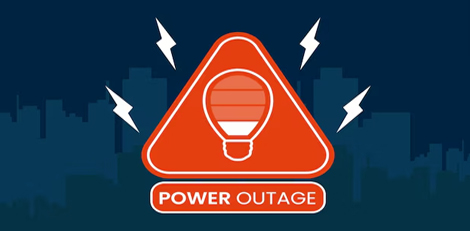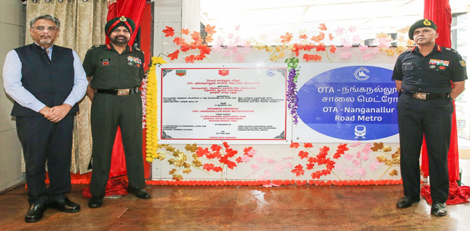Know about Provident Fund better
Posted on: 20/Feb/2017 7:26:06 PM

Your savings for retirement years is what you call Provident Fund. If you ask any financial planner, they would never ever suggest withdrawing money from your PF before getting retired. As per norms, about 12 percent of the salary is saved for PF and the employer makes his own personal contribution towards it too.
Annually, the Employees’ Provident Fund Organization announces the interest rate bound to be paid for provident fund thus far accumulated. If one has to withdraw the PF amount, he will have to wait for two months period after retirement. PF authorities or your employer will have the application form for the same.
There are a few other factors you need to know about PF. Below are they
- The tax laws are formulated so as to encourage and motivate long-term savings. When PF withdrawal is done after 5 years of continuous employment, the money will not be liable to tax. If an employee works with different employers and the PF balance gets transferred from one employer to the other, it will still be considered as continuous employment.
- In case of termination from job due to any reason – perhaps health issues, or discontinuation of the business by employer – the PF withdrawal will not be liable to tax payment, no matter how many years you have been employed. So, if you are planning to withdraw the PF money before completing 5 years of continuous employment, the fund taken will be taxable during the same financial year. You will have to show the same amount for tax return during the next assessment year.
- The contribution towards PF by the employer and the interest it accumulates will be considered as the individual’s income and will be liable to tax
- If you have availed benefits under Section 80C from your own PF contribution, the fund will be considered for tax. This will also be named as income from other sources and will fall under respective tax slabs.
- If you are withdrawing your PF after 5 years of continuous employment, the fund will not be taxable or will attract no TDS. If your service period is lesser than five years, and if PAN is not submitted to the authorities of EPFO, 30 percent of TDS is deducted. When PAN is submitted along with Form 15 G or 15H, no TDS deduction will be made. When form 15G or 15H is not submitted and you have submitted PAN, 10 percent TDS will be deducted. For those of you who do not know, the forms 15H or 15G are intended to prevent TDS to individuals whose income is below taxable income slab







